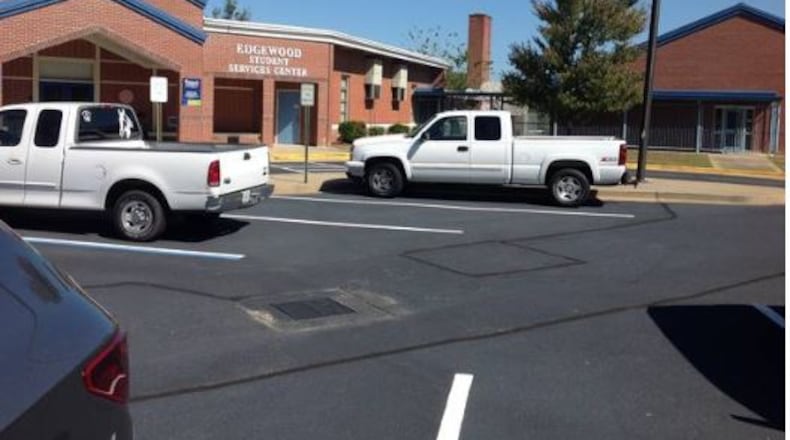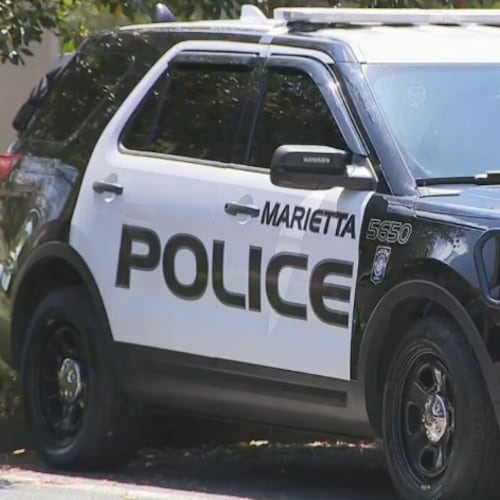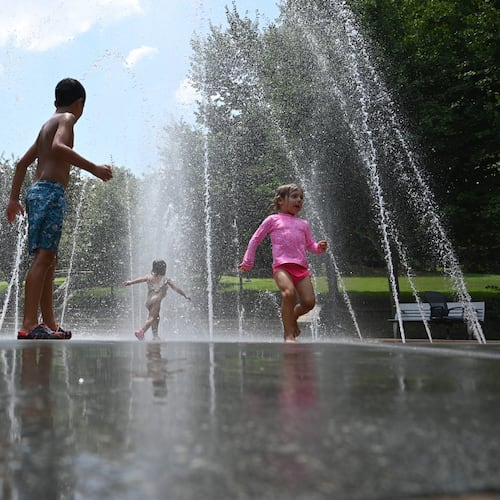A 13-year-old boy had his right leg amputated below the knee Tuesday at an Atlanta hospital as a result of an incident with a former school contract worker, the child's attorney said.
The student was injured in September when he was “thrown to the floor” multiple times by a contract employee at a Columbus school, The Atlanta Journal-Constitution reported.
The person involved in the alleged incident no longer is associated with the Muscogee County School District, a spokeswoman said Tuesday.
The boy’s attorney, Renee Tucker, said Wednesday that the boy likely will remain at Children’s Healthcare of Atlanta at Egleston, where the amputation took place, for an additional 30 days. Physical therapy likely will be necessary before he can return home.
“He wants to see his siblings,” Tucker said.
It has “yet to be determined” if the student will again attend the school where the alleged incident took place, she said.
The boy was enrolled in an alternative program at Edgewood Student Services Center when the incident allegedly happened, the district said. The program is for students who have been temporarily removed from their regular school because of violations of behavior rules.
The alleged incident happened when the boy was trying to leave the classroom for the main office so he could call his mother to pick him up, Tucker said. The contract employee allegedly stopped the boy and slammed him to the floor to prevent him from leaving. The student said he was thrown to the floor a second time when he tried to leave again.
“It is our understanding that there were issues concerning the safety of the child and others in the room, which called for the use of restraint per state guidance,” the district said in a statement. “Physical restraint is allowed in Georgia public schools and educational programs in those situations in which the student is an immediate danger to himself or others and the student is not responsive to less intensive behavioral interventions including verbal directives or other de-escalation techniques.”
About the Author
Keep Reading
The Latest
Featured



